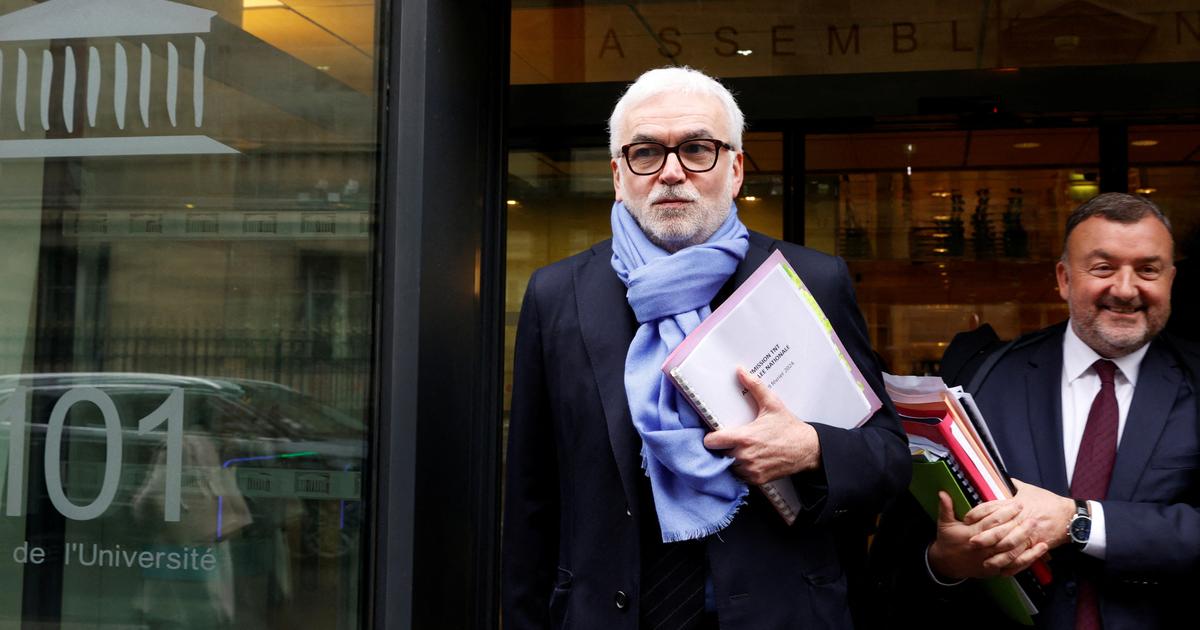Is this a warning sign?
If Mediterranean Europe still seems to be escaping this new winter wave, the coronavirus epidemic has resumed with force in Central, Eastern and Northern Europe.
A
"worrying"
or
"very worrying"
epidemiological situation
,
"characterized by a rapid and significant increase in cases"
, is now observed in most of the countries of the Union, by the European Center for Disease Control (ECDC), in its last risk assessment dated November 12.
Read also
Covid-19: should we fear a fifth wave in France?
The circulation of the coronavirus is particularly active in Slovenia, Croatia, Austria, Slovakia and the Czech Republic, which record between 1,000 and 1,500 infections per million inhabitants and per day (over a slippery week). Intensive care hospitalizations and mortality are also increasing alarmingly. Bulgaria, where only 20% of the inhabitants have received two injections of the vaccine, declares a record 24 deaths per million inhabitants per day, while Romania (30% vaccinated) deplores 17 per million each day.
"The peak of contaminations seems to have been reached in Bulgaria and Romania, which could soon bring a clarification in the picture"
, nuance the professor of public health in Geneva, Antoine Flahault.
This new wave is now reaching the countries of the North. While remaining at lower levels than in the East, the number of cases per million inhabitants is thus skyrocketing in Denmark (500 per day), Belgium (860), the Netherlands (785), in Ireland (830) and Germany (450). Further south, Italy, Spain and France are seeing the epidemic pick up again much more slowly. In the Mediterranean Basin, only Greece stands out with 650 cases per million inhabitants per day and high mortality. The United Kingdom is still in a unique situation, with a stable level of virus circulation, but very high, for two months
.
These differences in the intensity and severity of the epidemic between countries are at least in part linked to large differences in immunization coverage.
“Southern and Western European countries like Portugal, Spain, Italy, France and the UK have some of the best vaccination coverage.
Eastern countries sometimes have a gap of ten vaccination points, ”
points out Pierre Parneix, hygienist and public health officer at Bordeaux University Hospital, and member of the assessment mission for the management of the Covid crisis.
There is a similar disparity between western and eastern Germany which results in different levels of severity between the two halves of the country.
The weather is an aggravating factor
But other parameters obviously come into play. In Belgium and the Netherlands, whose populations are however largely immune, the epidemic is thus undergoing a development considered
"very worrying"
by the ECDC. Among our neighbors, the curves of patients hospitalized in intensive care and deaths are even on the rise.
"A high rate of vaccination of the population will not be enough to protect hospitals from saturation due to a fifth
winter
wave
," concludes epidemiologist Antoine Flahault
. An increase in the number of infections will arithmetically translate into an increase in severe cases - even if the risk is reduced in those vaccinated. "
Another factor could explain part of the differences observed in Europe: the weather.
"The way in which the wave is spreading also corresponds to the way in which the climatic conditions change and become more favorable to the maintenance in suspension of aerosols which carry the virus"
, underlines Alix Roumagnac, director of Predict Services, a subsidiary of Météo France.
The Covid follows the cold wave that is spreading from east to west ... and is just arriving in France.
Read also
New wave of Covid-19: what are the restrictive measures among our European neighbors?
But while the weather is most likely an aggravating factor, it isn't everything. It can in particular be offset by more or less severe restrictive measures. Dr Pierre Parneix invites you to observe the
stringency index
(severity index), which reflects the harshness of the strategies put in place to counter the spread of Sars-CoV-2. The index takes into account nine indicators (school closures, workplaces, travel restrictions, etc.) and ranks countries on a scale of 0 to 100. The result is clear: between mid-October and mid -November, the severity index is for example much higher in France and Italy than in Germany, Poland, and other countries of Eastern and Northern Europe. The most stringent countries therefore seem to be the least affected, even if a slight strengthening of measures took place in November across Europe.
More difficult to measure, due to lack of data, compliance with barrier gestures can also help contain cases.
An Ifop study from October 2021 shows that the rate of compliance with hand washing instructions is lower in northern countries (Germany, United Kingdom).
In the coming weeks,
“vaccination coverage, barrier gestures and wearing a mask are more than ever key measures to counter the effect of the climate on transmission,”
underlines Alix Roumagnac.
Another remedy should be put in place as a matter of urgency, according to Antoine Flahault:
"Making continuous measurement of CO2 compulsory and ventilating accordingly would make it possible to reduce the number of contaminations."















